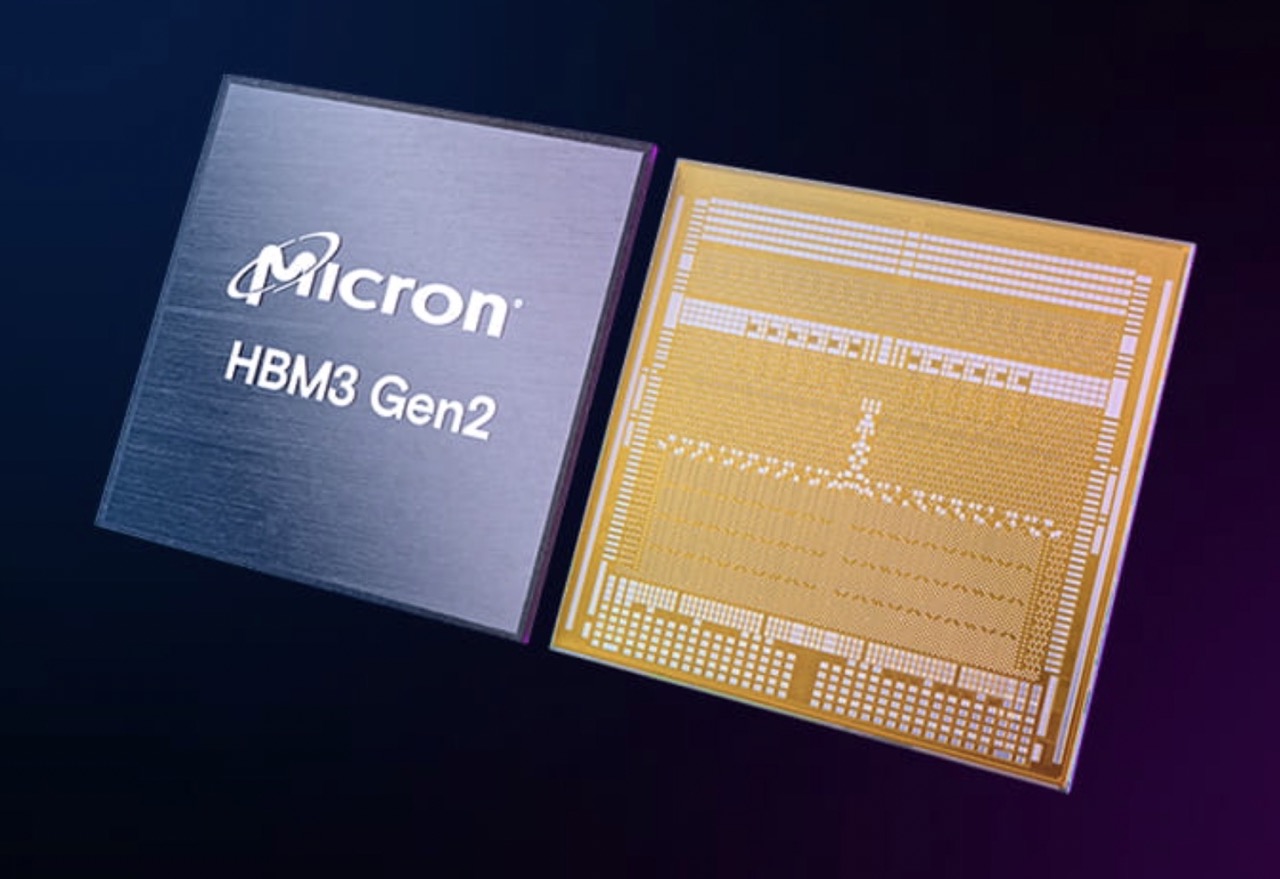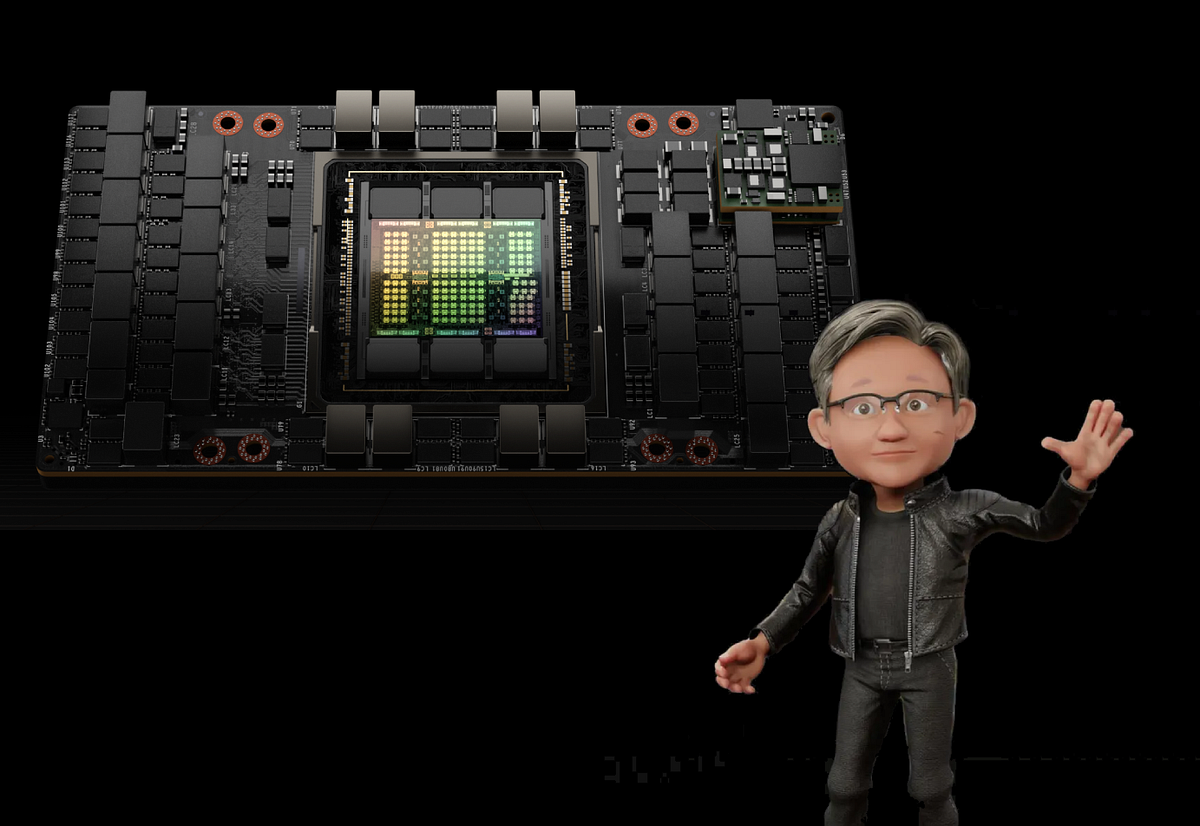Soldato
- Joined
- 1 May 2013
- Posts
- 10,060
- Location
- M28
GDDR7 achieves an impressive bandwidth of 1.5-terabytes-per-second (TBps), which is 1.4 times that of GDDR6’s 1.1TBps and features a boosted speed per pin of up to 32Gbps.
linky
linky







